Hong Kong may be a city that appeals to shoppers, thanks to its malls and street markets, but it also has several buildings of historic significance across its 18 districts. Many of these structures, which were built during the territory’s colonial era, combine Chinese and Western characteristics to create unique architectural styles. While some of them have been continuously in use since they were first constructed, others have been renovated and reimagined as cultural hubs. Here are some of the most fascinating heritage buildings in Hong Kong — from old police stations and disused courts, to former schools and current Chinese medicine stores.
Tai Kwun — Central
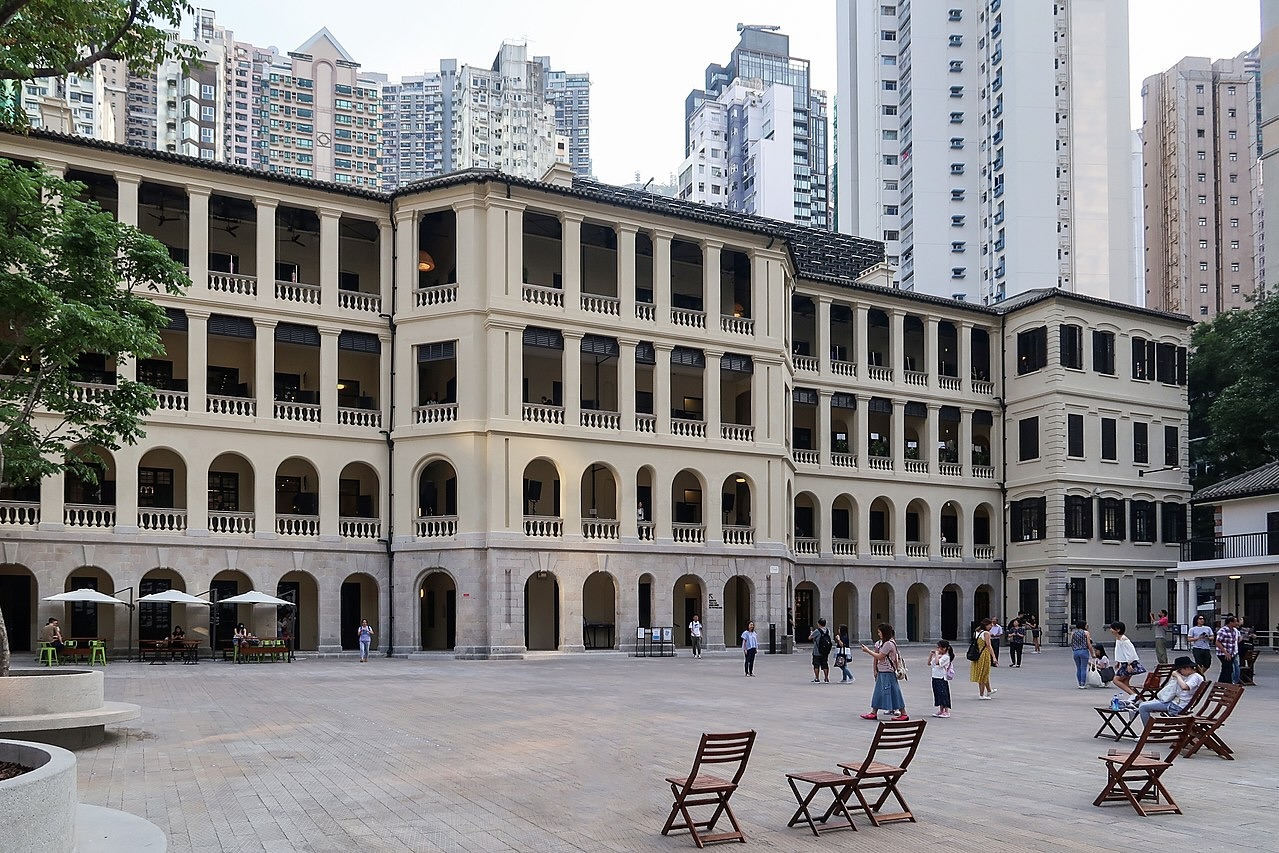
This complex that dates back to 1864 was the site of three Declared Monuments, but it is most well known for being the former police headquarters in Central, which is why it came to be colloquially known as Tai Kwun or “big station”. It comprises 16 buildings and two courtyards that now house hip restaurants, boutiques, and art and performance spaces.
Year built: 1864
Address: Tai Kwun, 10 Hollywood Road, Central
Contact: Website | Facebook | Instagram | +852 3559 2600
Blue House — Wan Chai
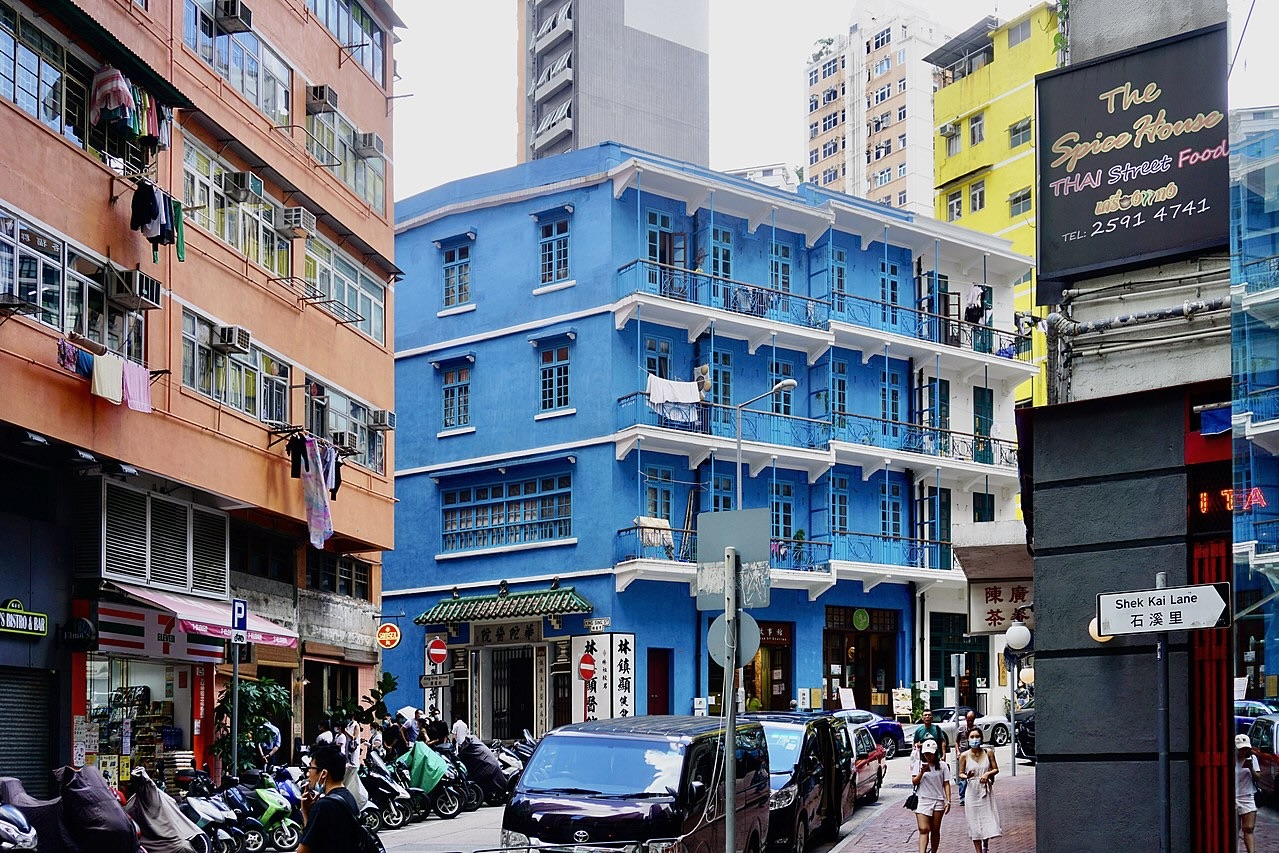
This one is a standout on our list — quite literally — for its striking blue colour that makes it distinctive from most of the other neutral-hued buildings in the area. The current building, which came up in 1922, was originally the site of a two-storey Wah To Hospital built in the late 19th century. It is now a residential complex with 20 apartments connected to two other heritage buildings on Stone Nullah Lane: Yellow House and Orange House.
Year built: 1870
Address: Blue House, 72A Stone Nullah Lane, Wan Chai
Contact: Website | Facebook | Instagram | +852 2833 4608
Murray House — Stanley
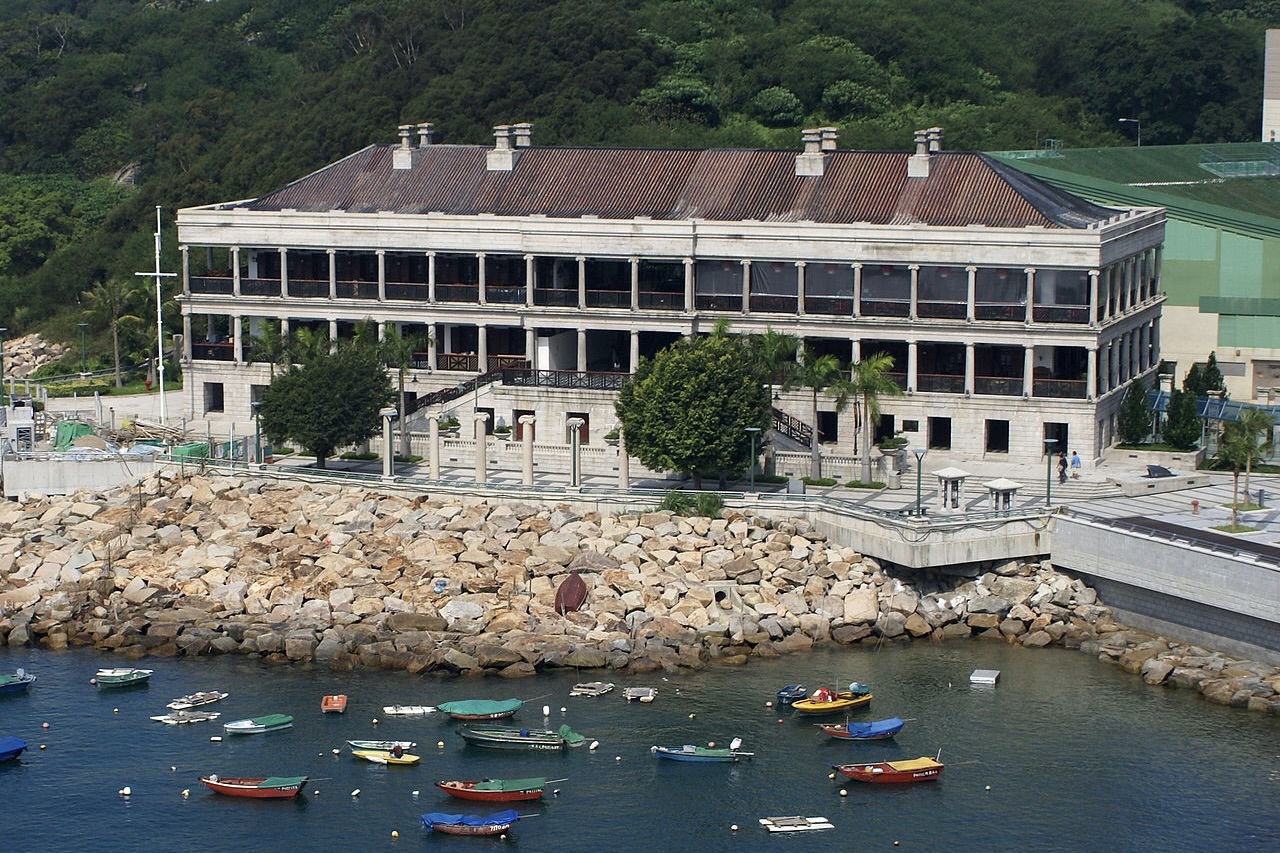
Murray House, which was first built in Central to serve as officers’ quarters, is one of the oldest surviving public buildings in Hong Kong and was used by the Japanese military police as their headquarters during World War II. In 1982, it was dismantled to make way for the Bank of China Tower, and was reconstructed at its current location in Stanley in the early 2000s using 3,000 pieces from the original structure. It is now one of the most easily recognisable buildings on the south side of Hong Kong Island, and houses shops and restaurants.
Year built: 1846
Address: Murray House, 96 Stanley Main Street, Stanley
Contact: Website
Hong Kong Observatory — Tsim Sha Tsui
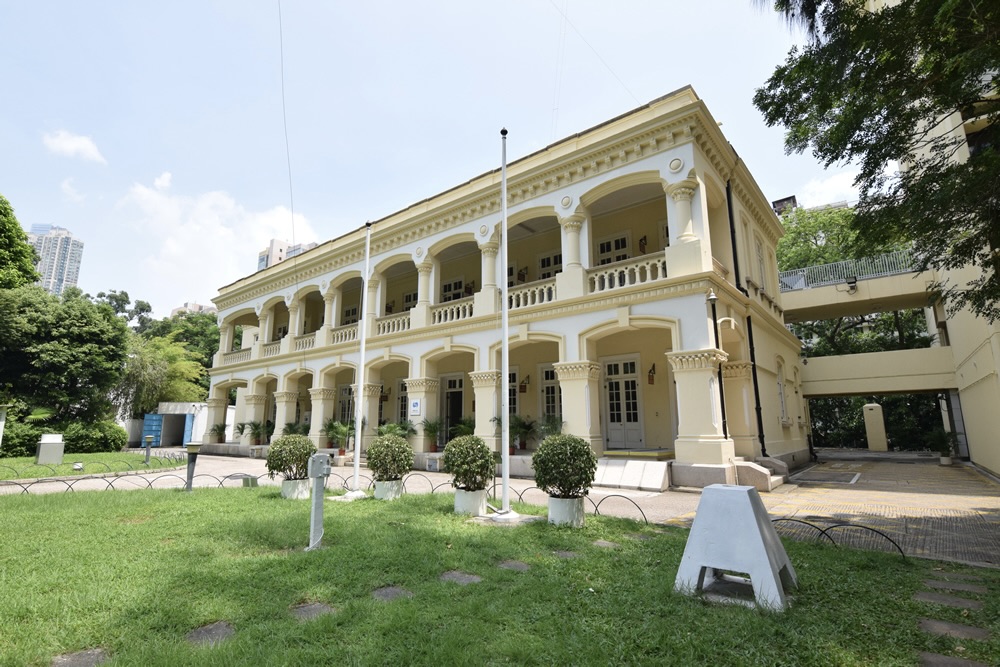
The Hong Kong Observatory was built in the 1880s on a small hill on Nathan Road facing Kowloon Park. The two-storey Victorian-style building’s most defining features are its arched windows and long verandas. The observatory has since expanded, so the original building currently serves as the administration centre and office of the directorate, while the operational and technical units have been relocated to nearby premises.
Year built: 1883
Address: Hong Kong Observatory, 134A Nathan Road, Tsim Sha Tsui
Contact: Website | +852 2926 8200
Former North Kowloon Magistracy Building — Pak Tin
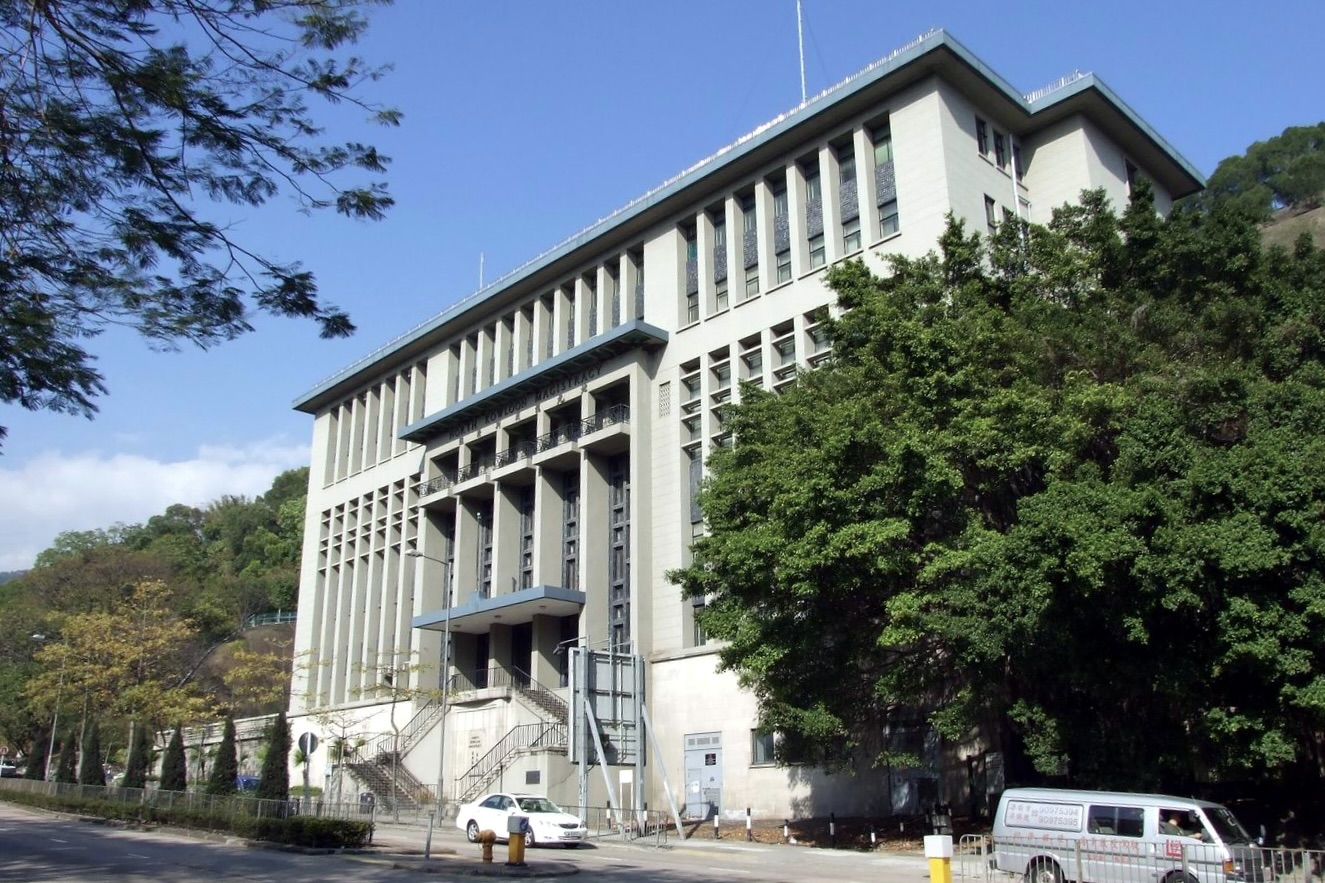
This building was constructed in 1960 to serve as a courthouse, which it did until it closed in 2005. In 2009, the seven-storey structure — considered unique for its symmetrically designed series of tall narrow windows and grand entrance double staircase — was handed over to the Savannah College of Art and Design Hong Kong, which revitalised the building. The college’s tenancy expired in 2020 and the building has since been handed back to the government.
Year built: 1960
Address: Former North Kowloon Magistracy Building, 292 Tai Po Road, Pak Tin
Contact: Website
Western Market — Sheung Wan
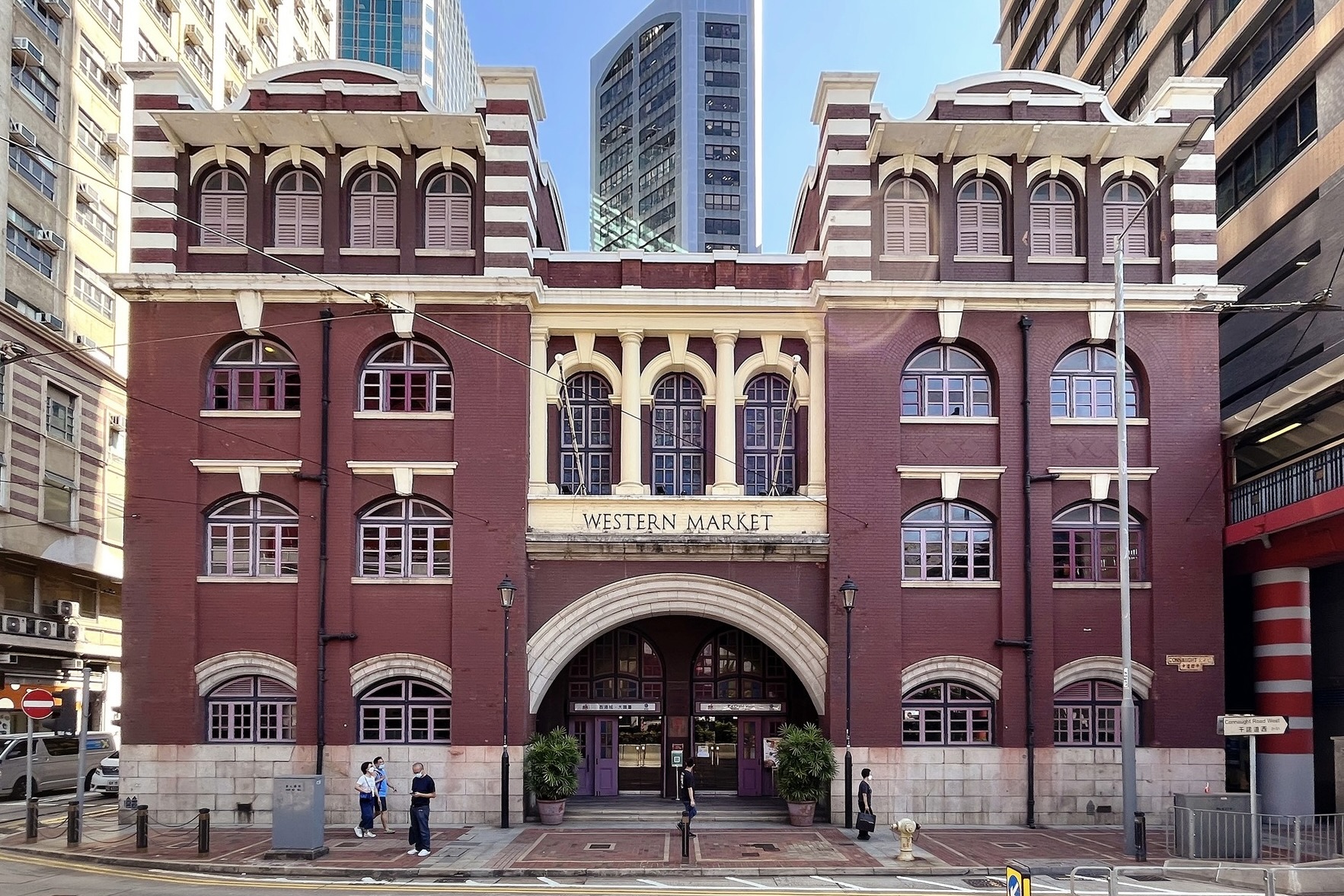
If you stroll through the neighbourhood of Sheung Wan, chances are you’ll notice this building, thanks to its red-bricked bandage-style facade. Since Western Market, which was built in 1906, is the oldest market building in the 852, it was decided that it would remain a retail space after it was renovated in 1991. It is now filled with stores that sell fabrics and art pieces and is quite a distinctive historical landmark on Des Voeux Road Central.
Year built: 1906
Address: Western Market, 323 Des Voeux Road Central, Sheung Wan
Contact: Facebook | Instagram | +852 6029 2675
Lui Seng Chun — Mong Kok
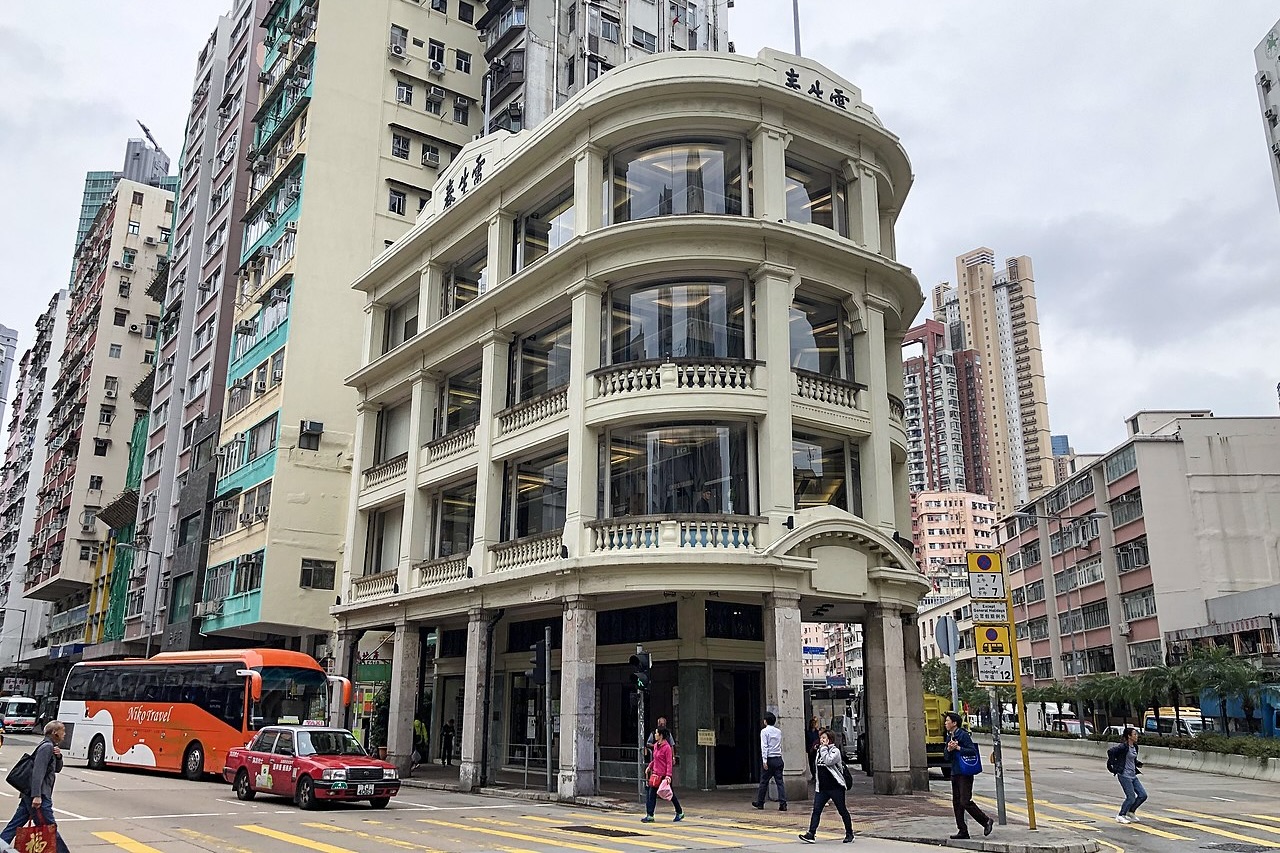
This neoclassical building is one of the city’s best representations of the combination of Chinese and Western architectural styles. It was built by one of the founders of Kowloon Motor Bus Company in 1931, whose family occupied the top three floors of the building, while the ground floor housed a Chinese medicine shop. The family donated the tong lau building to the government in 2000, and it is currently used as a Chinese medicine and healthcare centre operated by Hong Kong Baptist University. It is one of three buildings in Hong Kong that were most recently accorded Grade 1 status in March 2022, along with Jamia Mosque and City Hall. Fun fact: Lui Seng Chun was the inspiration for the Hong Kong Sanctum in the 2017 movie Doctor Strange.
Year built: 1931
Address: Lui Seng Chun, 119 Lai Chi Kok Road, Mong Kok, Kowloon
Contact: Website | Facebook | Instagram | +852 3411 0628
Tai O Heritage Hotel — Tai O
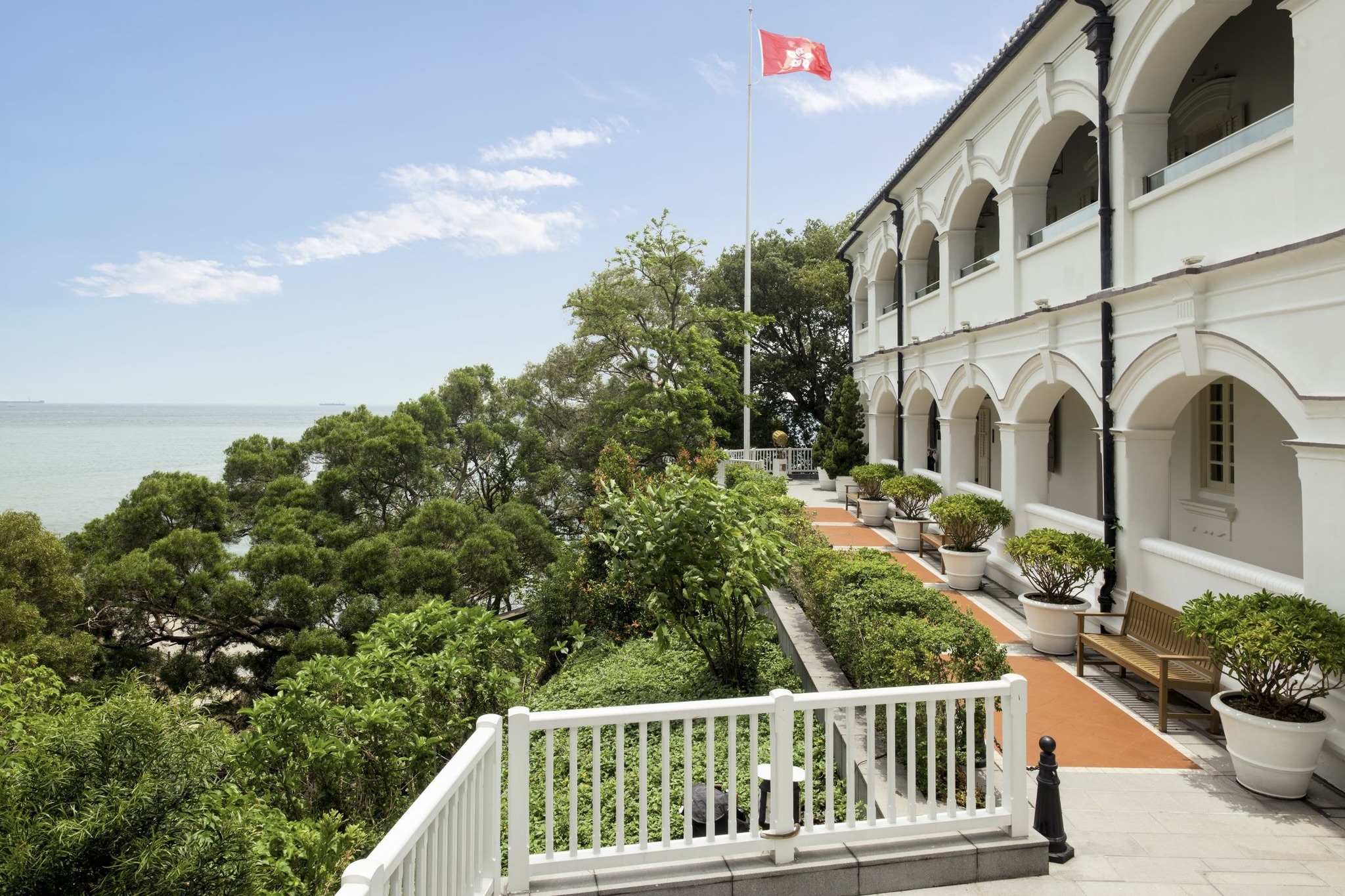
This UNESCO-recognised building is another former police headquarters that has been conserved and revitalised to promote Hong Kong’s cultural heritage. It was first built in 1902 to monitor pirate activity in the South China Sea and is now home to a nine-room hotel. Thanks to the Hong Kong Heritage Conservation Foundation, details such as the French wooden casement windows and fireplaces inside the building, as well as the canons and searchlights, have been preserved. The hotel overlooks the village of Tai O, known as the Venice of Hong Kong, because of its waterways, and is a tourist hotspot because of its stilt houses, seafood, and fishing community.
Year built: 1902
Address: Tai O Heritage Hotel, Shek Tsai Po street, Tai O, Lantau Island
Contact: Website | Facebook | Instagram | +852 2985 8383
Yau Ma Tei Fruit Market — Yau Ma Tei
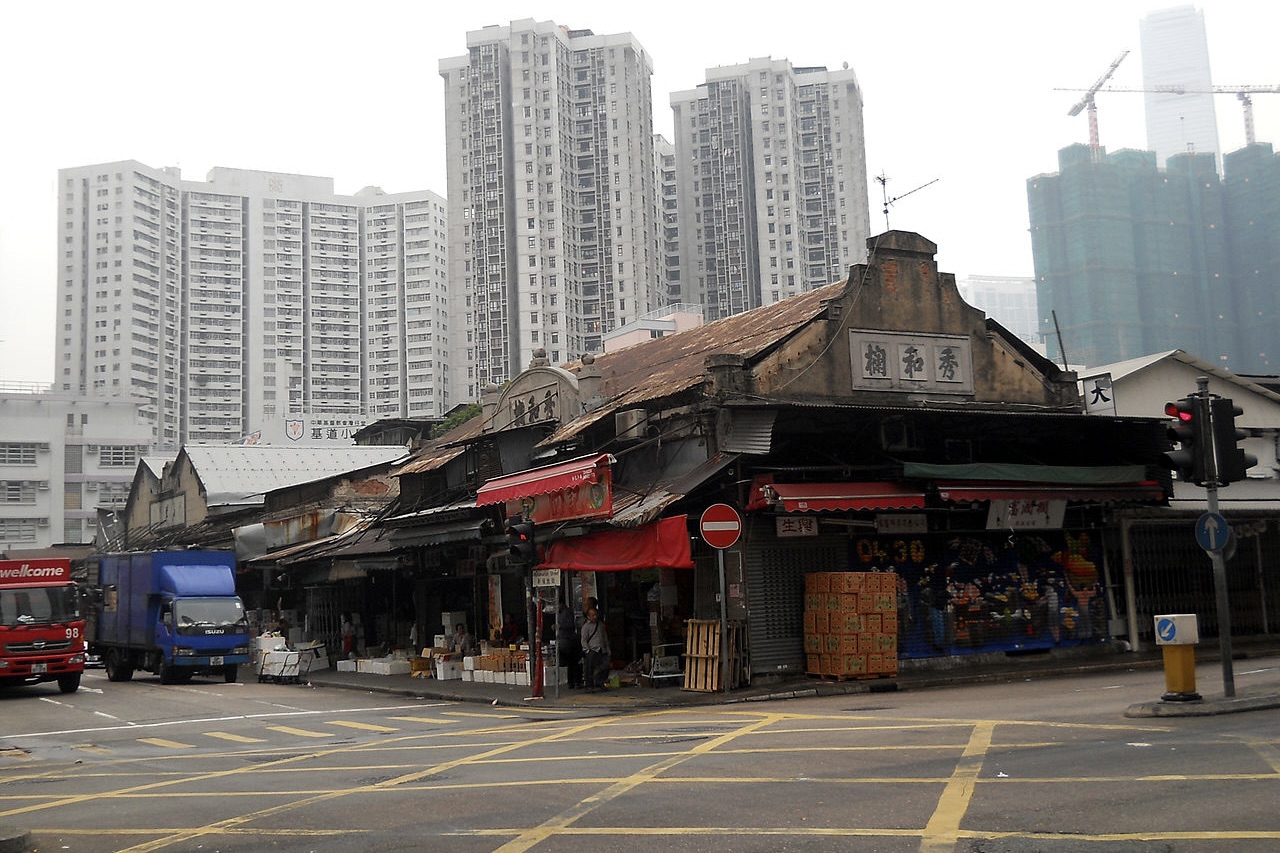
The unassuming one- and two-storey building blocks that make up the Yau Ma Tei Fruit Market are more than a century old. Founded in 1913, the market first provided a space for fruit, vegetable, and fish vendors to sell their wares, before it become a fruit-only market in the mid-1960s. The market is still open and is noteworthy for the pre-World War II signboards on its exterior walls. It is also across the street from the Yau Ma Tei Theatre, another historical building of significance in Hong Kong.
Year built: 1913
Address: Waterloo Road, Yau Ma Tei, Kowloon
PMQ — Central
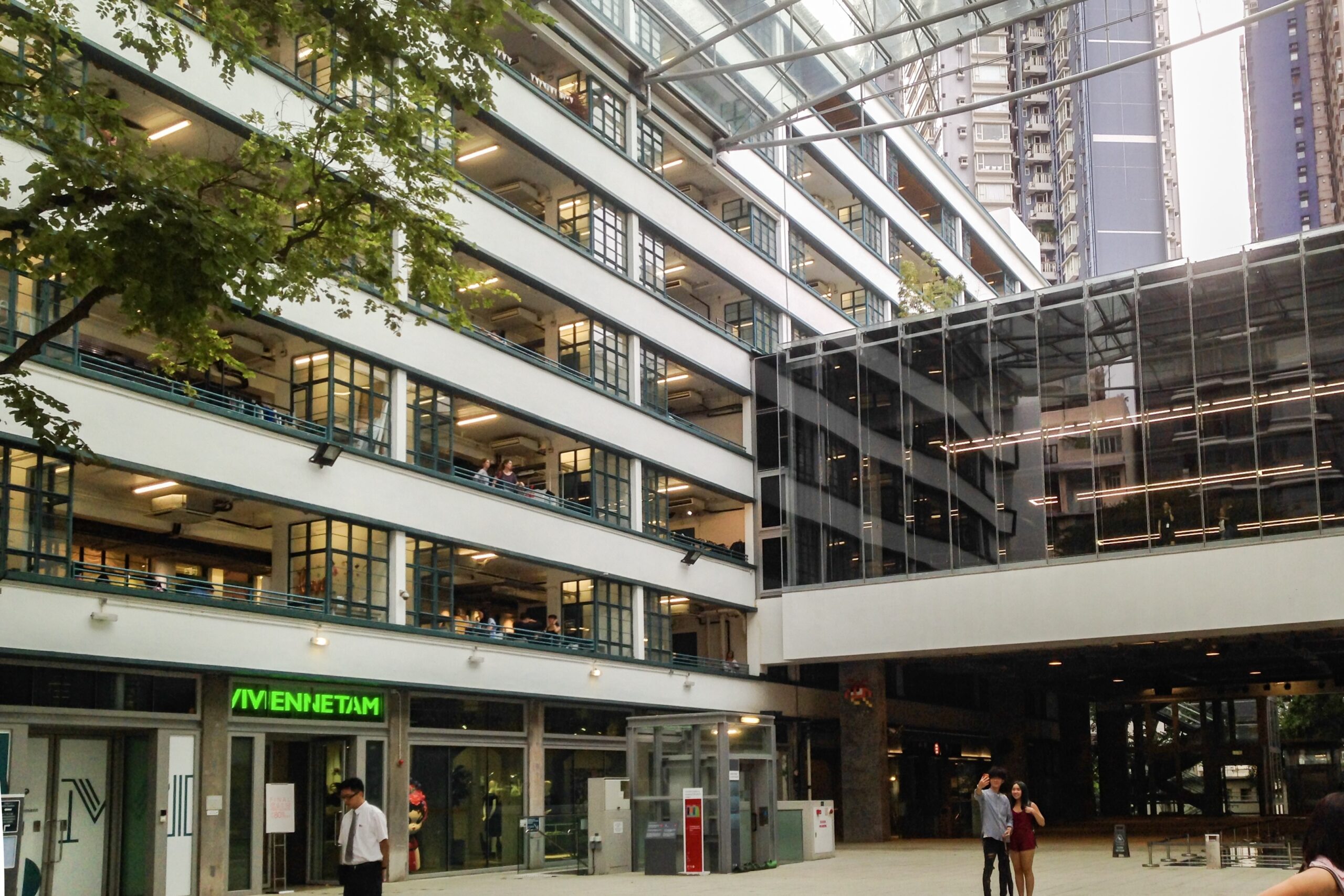
This iconic Hong Kong landmark has quite a storied past. It started out as the territory’s first government primary and secondary school in 1862 and was originally on Gough Street. The school then moved to Hollywood Road as it expanded to admit more students and was renamed Queen’s College in 1894. However, it was destroyed when the Japanese occupied Hong Kong during World War II, and then rebuilt in 1951 as the Police Married Quarters to provide accommodation for married police staff from the nearby Central Police Station. It closed in 2000 and reopened in 2014 to serve as a cultural hub with studios, shops, and offices.
Year built: 1862
Address: 35 Aberdeen Street, Central
Contact: Website | Facebook | Instagram | +852 2780 2335
Fringe Club — Central
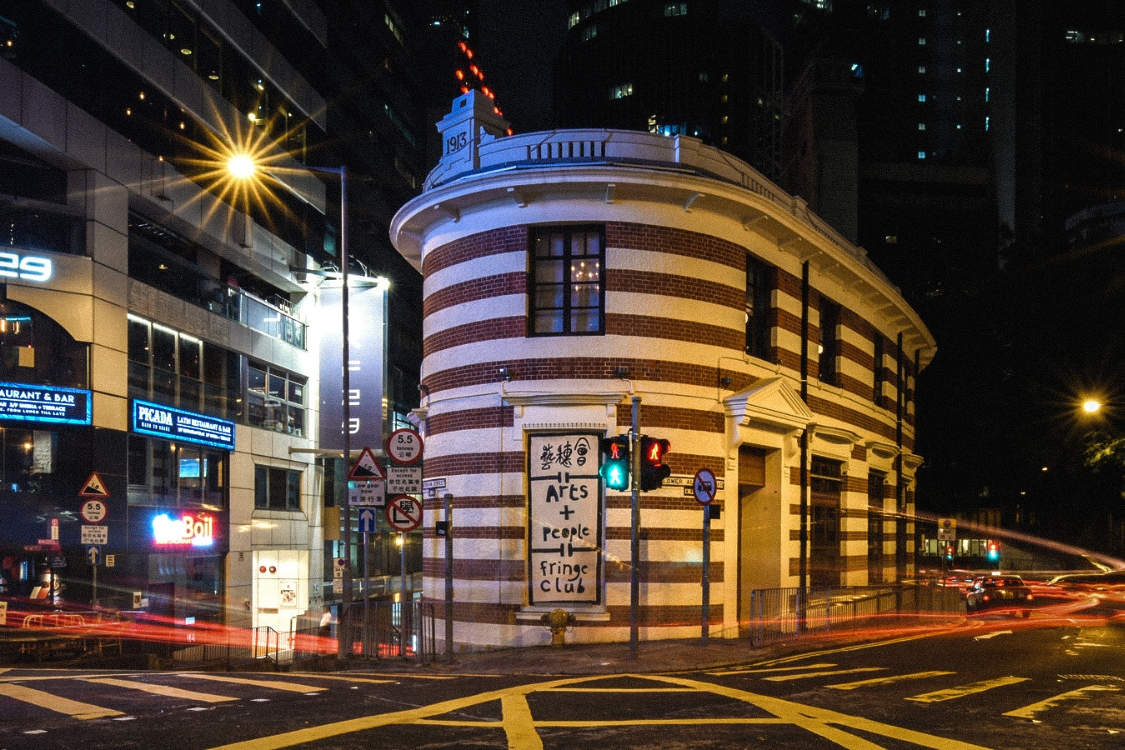
The Fringe Club has been a fixture on Hong Kong’s live music scene and art landscape for nearly 40 years, and is located in the south block of the government-owned Old Dairy Farm Deport on Lower Albert Road in Central. The structure was the site of the milk distribution wing for the Dairy Farm Company’s Pok Fu Lam farm. It was accorded Grade I historic building status in 2009, and is distinctive for its “blood and bandages” architectural style that developed in Britain in the late 1800s and became common across the world by the 1920s.
Year built: 1892
Address: Fringe Club, 2 Lower Albert Road, Central
Contact: Website | Facebook | Instagram | +852 2521 7251
The Peninsula Hong Kong Hotel — Tsim Sha Tsui
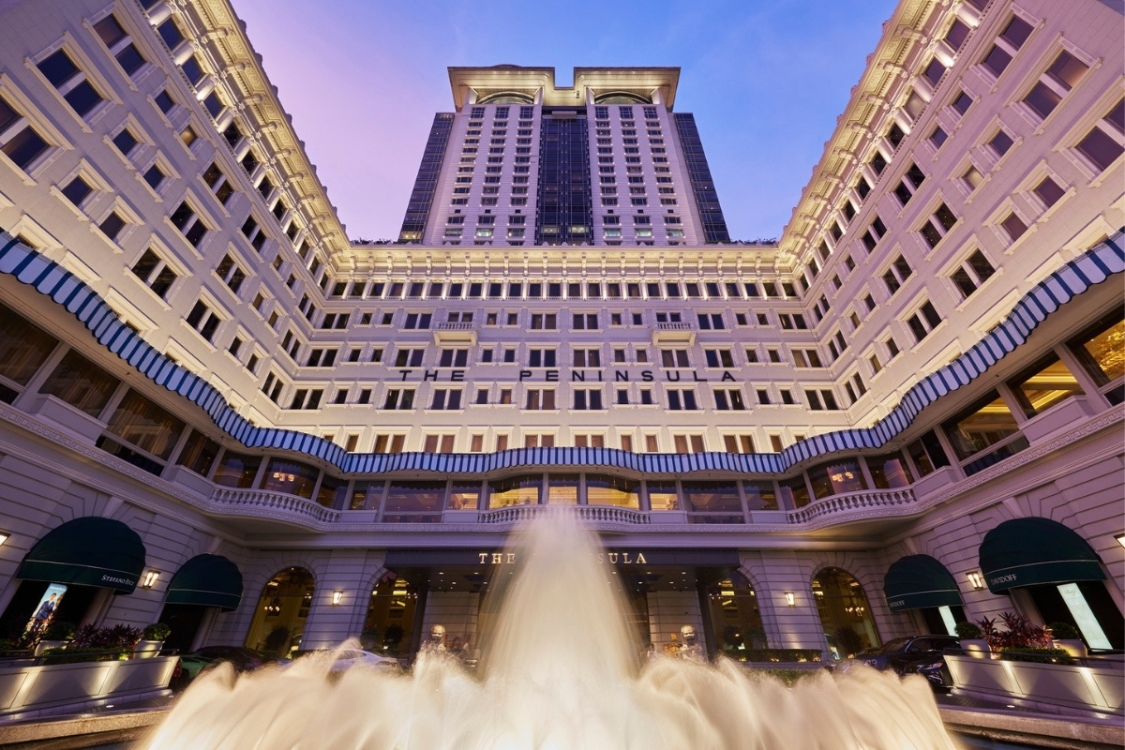
This hotel took over the title of colonial Hong Kong’s only luxury hotel after the famed Hongkong Hotel closed. It was renowned for its Sunday concerts, nightly dinners on the terrace, and regular afternoon tea dances, which were disrupted once it was occupied by the Japanese during World War II. The hotel expanded in the mid-1990s, when a 30-storey tower was added to the original facade that is now topped with a helipad from which several of Hong Kong’s helicopter tours depart. The nearly 100-year-old Peninsula is still a force to be reckoned with on the city’s hospitality scene, and is among the top 10 best hotels in the world.
Year built: 1928
Address: Salisbury Road, Tsim Sha Tsui
Contact: Website | Facebook | Instagram | +852 2926 2888
The Helena May — Central
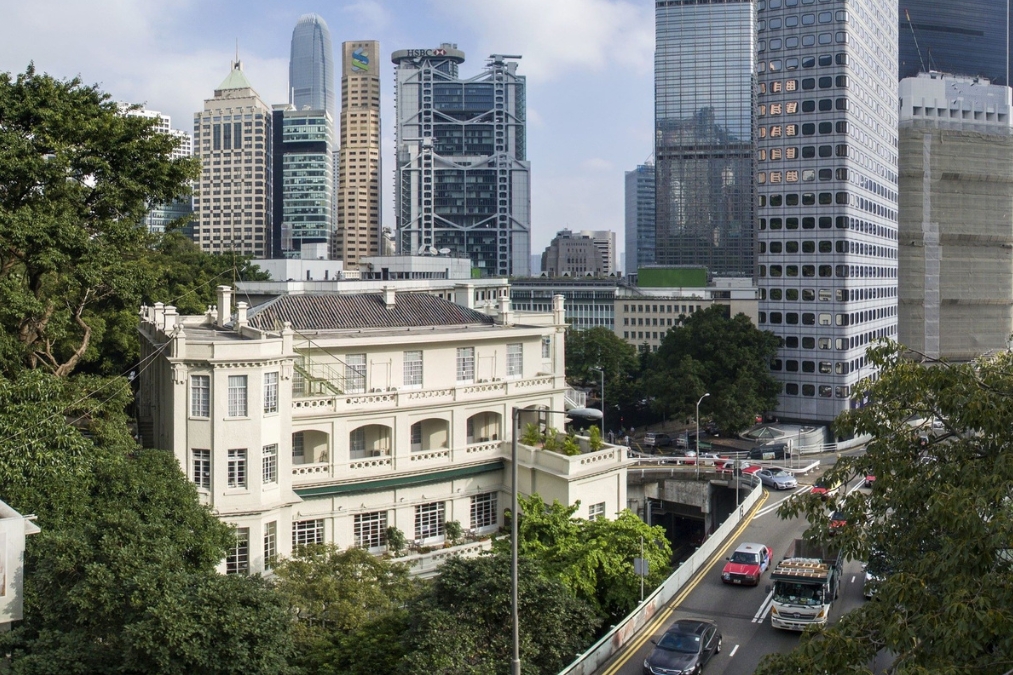
This private members’ club housed in a heritage building in the heart of Hong Kong was the brainchild of Lady Helena May, who wanted to provide accommodation for single women coming to live and work in Hong Kong and a place for women of the territory to socialise. Built in the Edwardian Classical Revival Style, the building originally had three storeys, and an upper basement and a lower basement built to a U-shaped plan, though there were subsequent extensions between 1922 and 1954. The Helena May continues to provide reasonably priced accommodation to guests and has Hong Kong’s largest privately-owned English-language library, with over 25,000 books.
Year built: 1916
Address: 35 Garden Road, Central
Contact: Website | Facebook | Instagram | +852 2522 6766
Header image credits: The HK HUB




